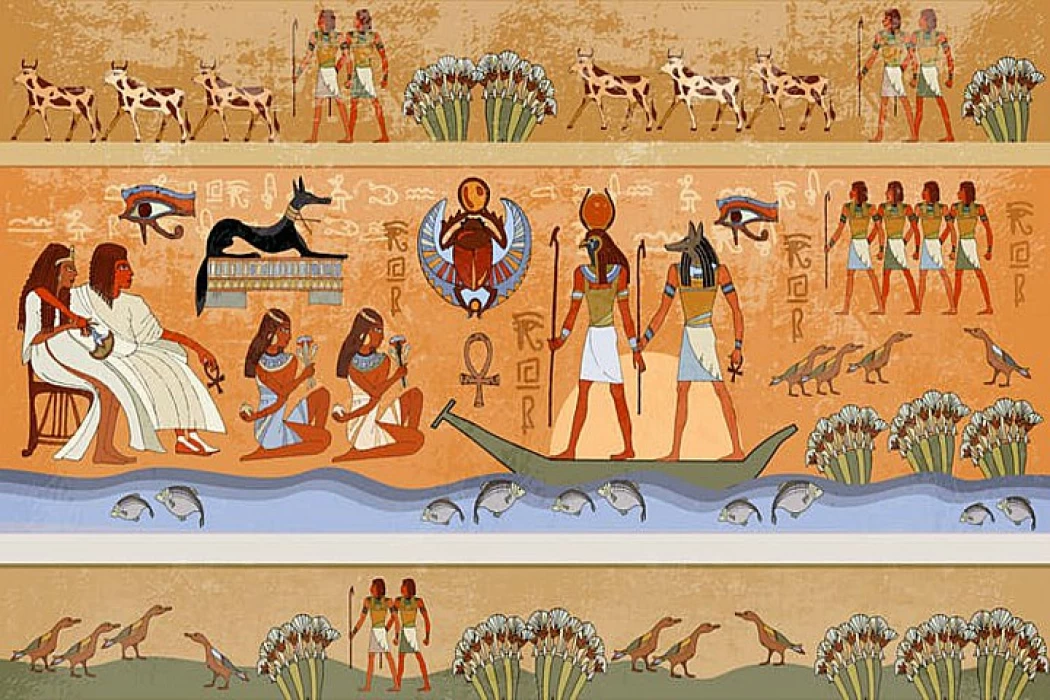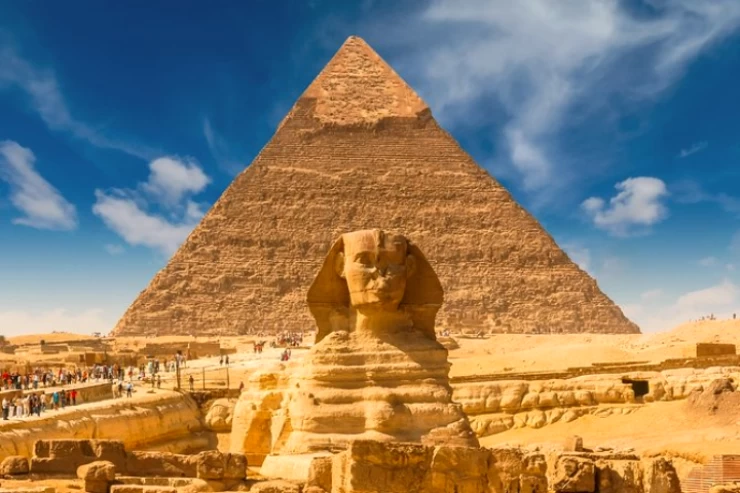
The Economy in Ancient Egypt
Facts About The Economy in Ancient Egypt
Ancient Egypt was essentially a so-called supply state. Consumer products were delivered to state institutions or temples, which in turn distributed food and other rationed goods to the population: on the basis of a fair assessment of each individual's needs.
Excess goods could be traded to local markets; a system that helped fill gaps in the flow of supply. Trade between regions was managed by enterprises that traded their own surplus production. There were merchants working for these organisations, acting as agents in the exchange of goods.
Their task was to trade the surplus of the enterprises they represented; in exchange for the most valuable goods. It was only in the New Kingdom that merchants who worked for private profit in Ancient Egypt emerged. The barter system is the oldest system of market trade; a system that involves obtaining a good in exchange for another good, rather than for a sum of money. The nature of this system makes it difficult to identify the buyer or seller in ancient Egyptian frescoes and bas-reliefs, but the distinction is possible.
Sellers are usually shown sitting on the floor or on a low bench calling out their wares, while buyers are shown standing, often with a shopping bag dangling from their shoulder, responding to what they can offer in return. Market staples such as bread, beer, fresh and dry fish, and vegetables are displayed. Sandals made of leather or muslin (samar), large flame ventilation fans, walking sticks with handles, furniture, headrests, ceramic vessels, copper artefacts such as mirrors, fishing hooks and chisels, as well as ointments and oils, are offered as barter goods.
The ability to trade in more valuable goods is demonstrated by the trade in linen. This cloth came from state-run weaving workshops and was sold at a fixed price based on a value standard. Two standards of value were applied to determine the price of goods; one was the ‘haqqat’ scale, which evolved from the cultivation of grain and was used to determine the quantity of goods for which payment was made. The other was the ‘shat’ which was the absolute standard of value.















